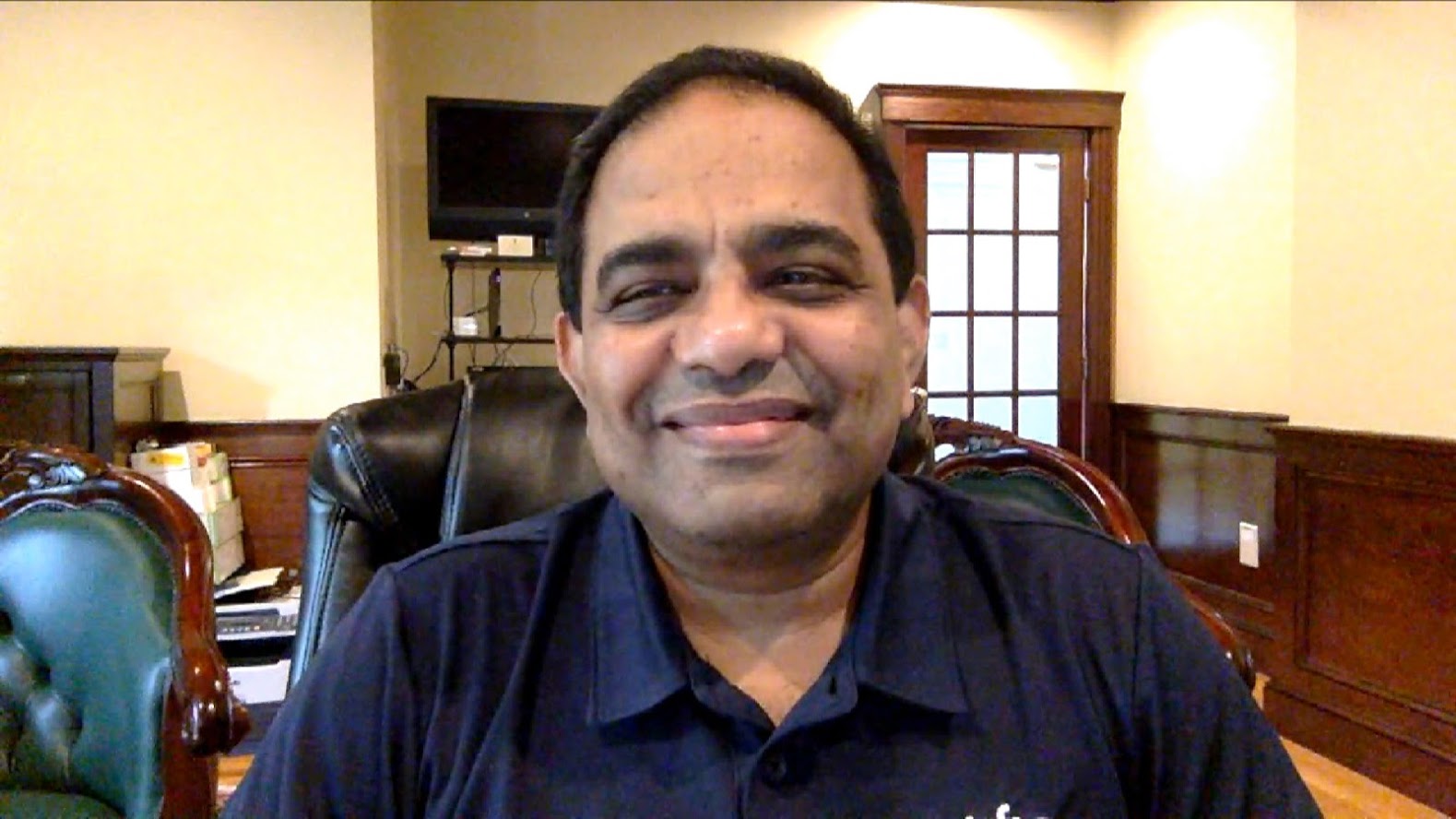 BIG DATA
BIG DATA
 BIG DATA
BIG DATA
 BIG DATA
BIG DATA
There’s a “South Park” episode where gnomes are collecting underpants with the goal of profit, but they have no idea of what comes in between. It was a bit like that in the early days of big data, when companies were feverishly collecting information to store in data lakes only to have it sit stagnant, not doing anyone any good.
But unlike the gnomes, technology found the missing link between resource and profit. Now, the ability to access stored data is the critical divide between companies that are flourishing and companies that aren’t.
“We’ve been saying for 10 years: Backup cannot be an insurance; backup cannot be a destination; it has to be something that you can use as an asset,” said Ash Ashutosh (pictured), founder, president and chief executive officer of Actifio Inc.
Ashutosh spoke with Dave Vellante, host of theCUBE, SiliconANGLE Media’s livestreaming studio, during the Actifio Data Driven event. They discussed how Actifio foresaw the trend for data as an asset and the evolution of data storage from forgotten backwater to mission-critical resource. (* Disclosure below.)
The pandemic has affected every business, from small start-ups to global corporations. But whatever the company size or sector, those who were already data-first or were able to transform fast have pulled ahead of those who aren’t and weren’t.
“Being able to have a single version of the truth, have confidence in that data creates self-serve for their lines of business and actually reduces the end cycle times,” Vellante ponited out. “It’s driving major monetization, whether that’s cost cutting or revenue.”
Viewing data as an asset from day one has put Actifio in the position of being able to guide businesses caught short by the COVID-19 pandemic. Recognizing the untapped potential in object storage, Actifio released its OnVault solution in 2016.
“[OnVault] fundamentally treats object storage like this massively scalable, high-performance disk. Except it is ridiculously low cost and optimizes the capacity,” Ashutosh said. “Object storage has to be an integral part of the pipeline, not a separate bucket by itself. And that’s what we did.”
Breaking down data silos, Actifio’s multicloud copy data management software platform allows workloads to flow freely and data to be accessed securely and speedily.
“You can use backup as a single source of truth only if you designed it right from the beginning,” Ashutosh said. “If data truly is the fundamental asset that I finally end up with as an organization, then democratization of data where I do not lock this into another silo, another platform, another cloud, another application has to be part of my foundation design.”
The platform offers support for on-prem databases and public cloud providers, simplifying data management even in the most complex scenarios.
“If I am an organization that has power PC and x86 machines … I’ve got container platforms. I’ve got Oracle. I’ve got SAP. There is no single cloud platform that supports all my workloads efficiently or is available in all the regions I want. So inevitably, I have to go adopt different cloud platforms,” said Ashutosh, describing the reasons that businesses are opting for multicloud strategies.
These reasons include the physical necessities of access, the practical constraints of cloud provider support and strategic reasons due to not wanting to be locked into one cloud provider, or choosing a local provider in order to keep data within national boundaries. “All of these reasons are the foundation for why multicloud is almost becoming a de facto,” Ashutosh said. ”It’s impossible for a decent-size organization to assume they would just depend on one cloud anymore.”
Providing fast backup and scalable disaster recovery is only the start of Activio’s benefits, according to Ashutosh. The true value comes in being able to access data, develop new applications, and run data analytics at speeds 100x faster than other platforms.
“The more data you have, the more people who use data you have, the better this return becomes,” he said.
The next level in data evolution will be trading of data as a commodity, Ashutosh predicted. “It will be not too long when you need to talk about how there’s this new exchange and what’s the rate of data from this company … and there’ll be future trading options,” he said. “It is going to be very interesting.”
Here’s the complete video interview, part of SiliconANGLE’s and theCUBE’s coverage of the Actifio Data Driven event. (* Disclosure: TheCUBE is a paid media partner for the Actifio Data Driven event. Neither Actifio, the sponsor for theCUBE’s event coverage, nor other sponsors have editorial control over content on theCUBE or SiliconANGLE.)
THANK YOU